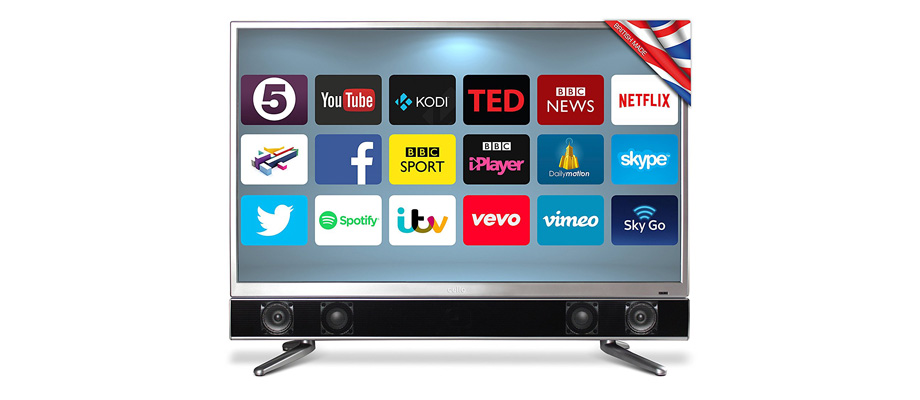TechRadar Verdict
The Cello P32ANSMT will do a fine job as a second-screen TV on a budget, but by trying to push its feature set, it comes up short on some of its key offerings.
Pros
- +
Good value
- +
Decent HD picture clarity
- +
Deep blacks
Cons
- -
Poor smart TV system
- -
Soundbar lacks weight
- -
Black detail lacking
Why you can trust TechRadar
At a time when 4K is becoming the standard for people buying new TVs, launching an HD-ready range of sets might seem somewhat misguided.
But not everyone wants 4K. Moreover, not everyone needs it on their second or third screen in the house. And a 32in telly like this one is likely to be a candidate for one of the latter.
Its £250 price tag does get you plenty on paper – a slim design, built-in Freeview HD, an Android smart TV system and built-in soundbar – but you’ll need to be prepared for some compromises if you’re planning to make space for it in your home.
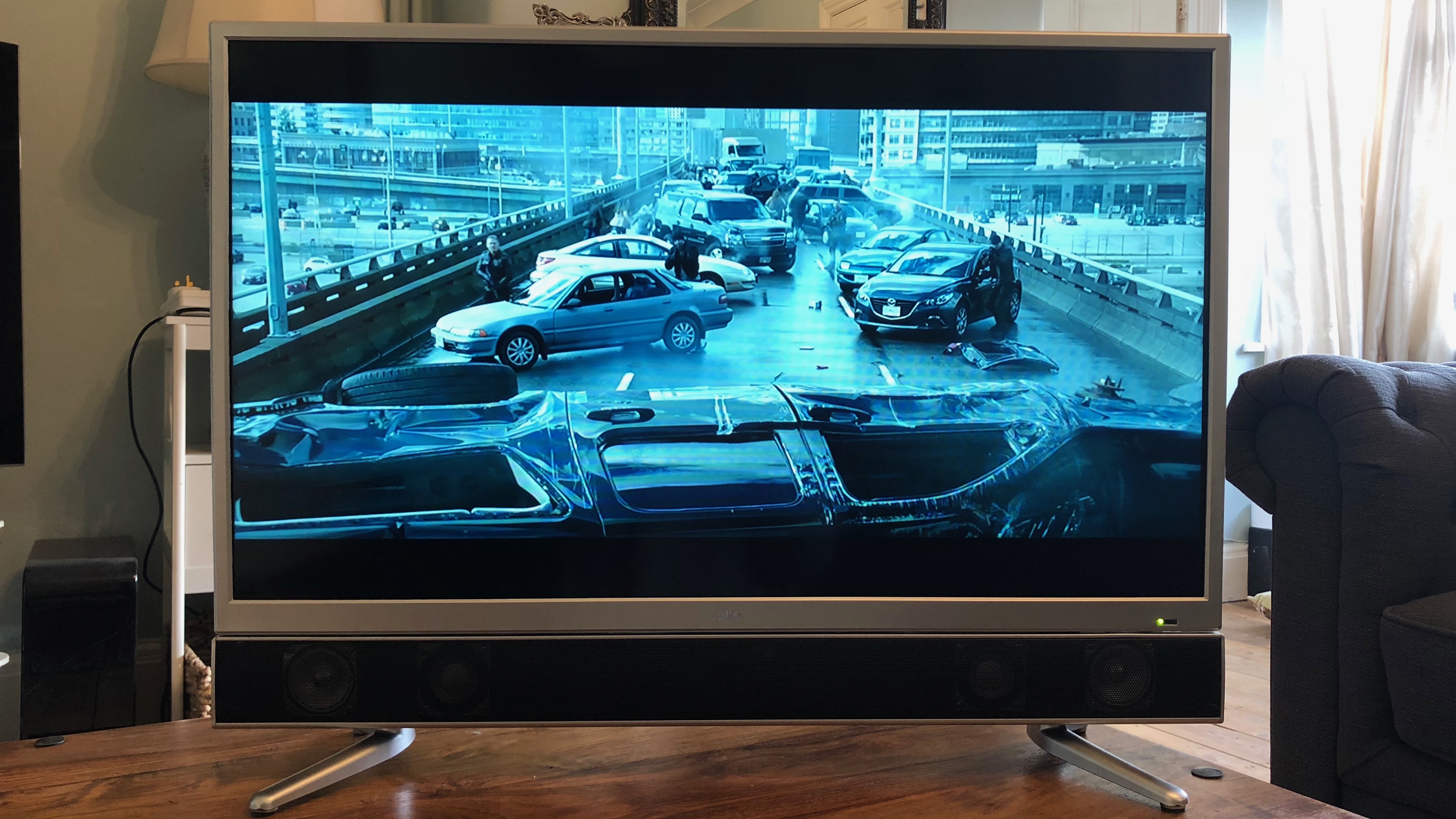
Design
As you might expect at this price, the majority of the P32ANSMT is made of plastic, making it super lightweight and easy to move around. It doesn’t feel the most premium set because of that, but at least you won’t need much help getting it out of the box.
Four relatively slim silver bezels frame the TV, with the TV’s pièce de résistance – its four-driver soundbar – sitting underneath the screen behind a grille. The feet, which sit at either end of the screen, fit into this with two screws to secure them.
The back panel is super simple, and has just two HDMI ports to plug your kit into, alongside a microSD card slot for storing content and some legacy connections for older kit.
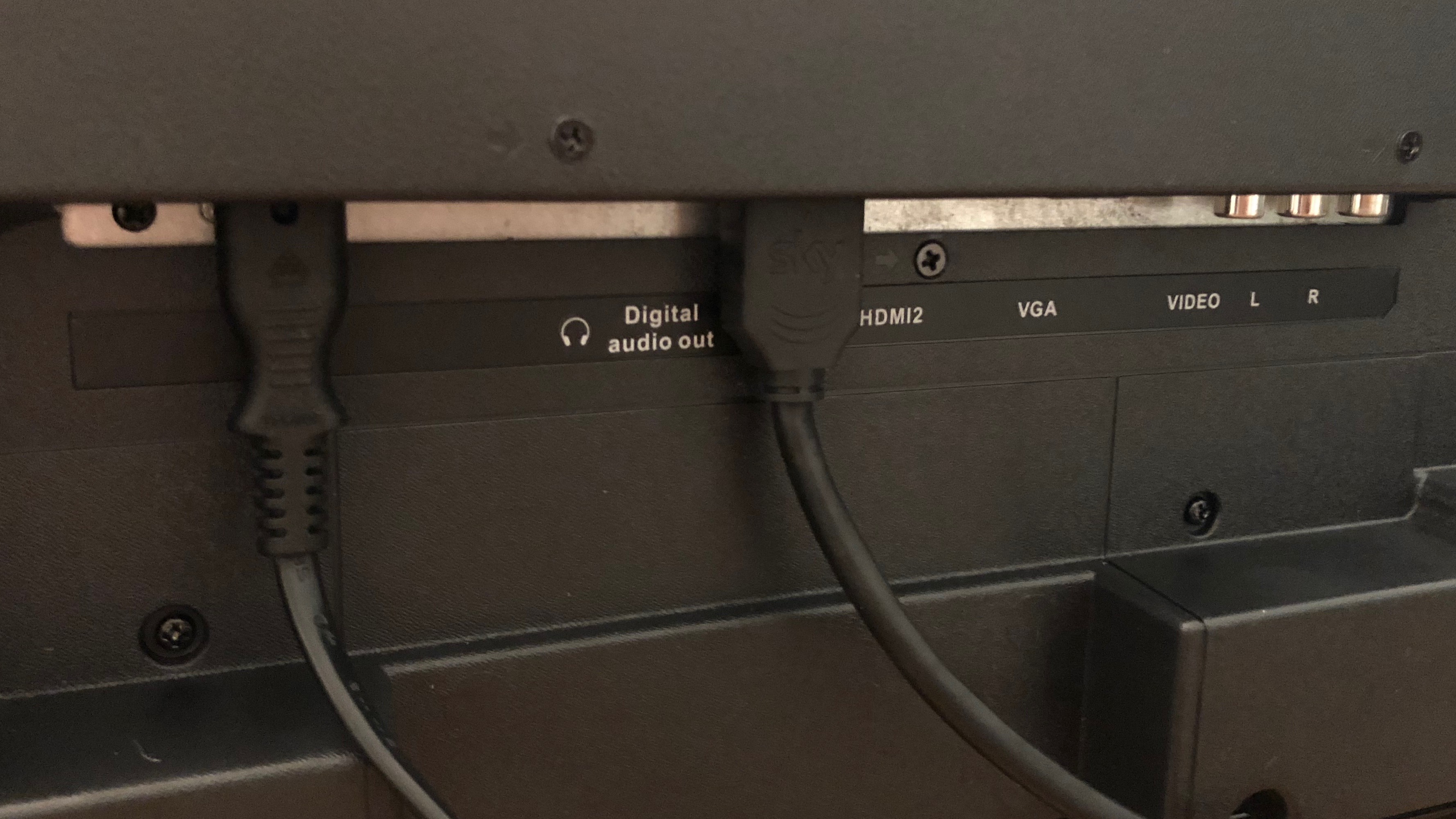
That’s not a lot to play with if you did have this in mind for your main TV, but should suit the requirements of a second screen just fine.
The remote that serves the P32ANSMT is big and plasticky, but pretty well laid out in terms of finding your way around. It’s labelled up as an Air Remote, as it has pointer-style navigation built in, but according to the literature in the box, you have to pay £20 to upgrade and get it working.
Considering how bad the smart TV system is that this functionality is aimed at, we’d suggest putting that £20 towards a streaming stick instead is going to improve your experience much more. Otherwise, the D-pad works just fine for navigating the EPG and picture menus.
Design TL;DR: A largely plastic, lightweight design with a built-in soundbar and enough inputs to suit a basic set up.
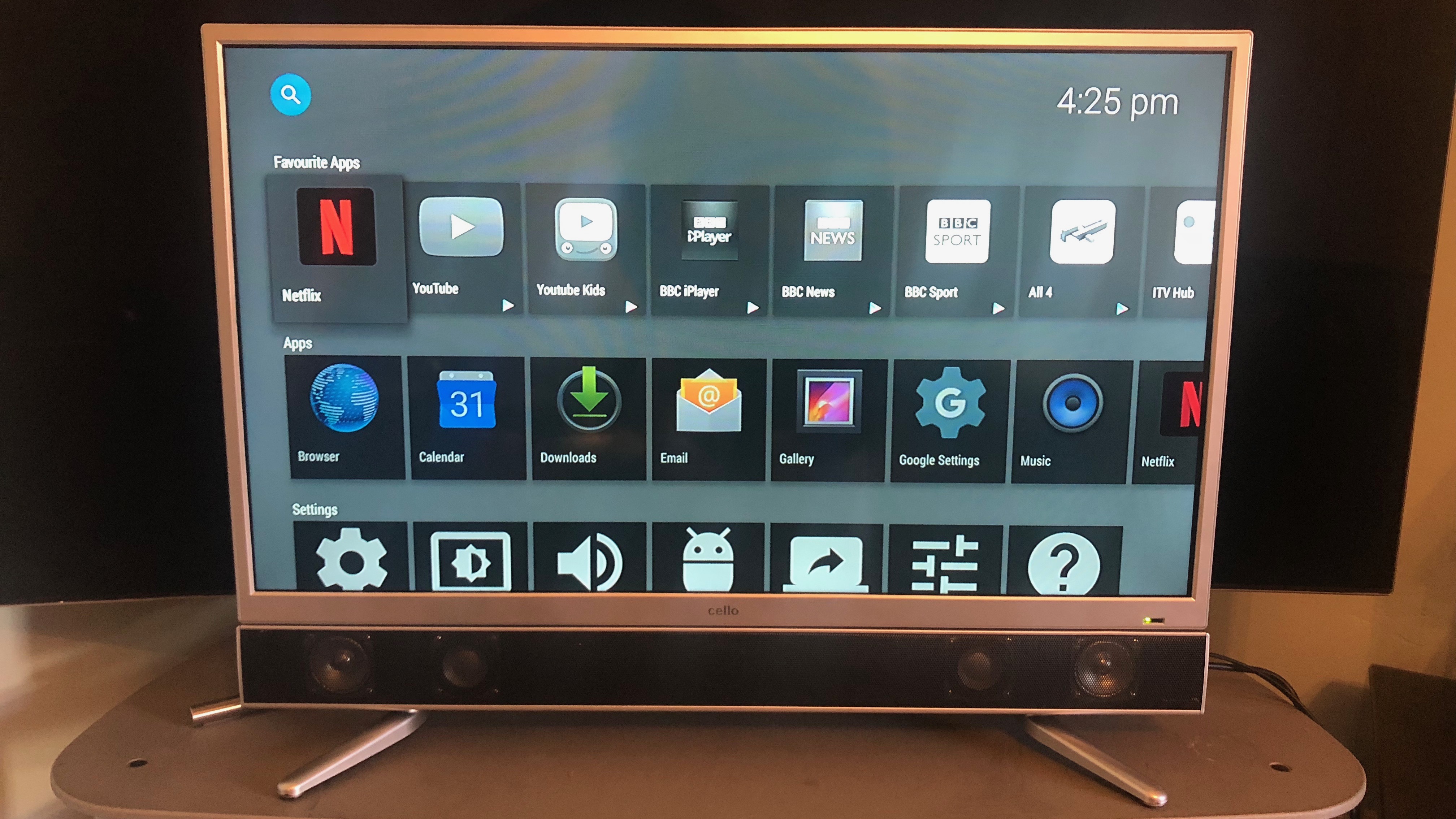
Smart TV
Cello pushes its Android-based smart TV functionality pretty heavily on this range of tellies, but what you get is not the equivalent of what you’ll find on Sony’s or Philips’ sets.
It’s ultimately a very basic mobile version of the platform, which doesn’t work very smoothly on TV at all. All grey and functional, more tech-savvy people might feel comfortable working their way around it, but even we gave up after a while, and plugged in a Chromecast dongle instead.
It’s just not very user friendly at all, and needs work to make it usable. For a start, the available apps appear as small icons in a row, and need to be downloaded manually from the Play Store – one by one – before they can be used.
We wouldn’t mind, but even doing this can prove frustrating, as you’re trying to navigate something that would usually be navigated using a touch interface. Just getting the cursor to land on the download button is often more luck than judgement, and moving around the apps themselves isn’t much better.
This would be where the Air Remote would come in handy, but to be honest, we’d be inclined to invest in a Roku Express, Chromecast or Amazon Fire TV instead, and replace the smart TV interface entirely. We found everything about the experience frustrating and buggy, and we’d say it’s probably best avoided if possible.
Smart TV TL;DR: Buggy and difficult to use. Save yourself the hassle and invest in a streaming stick instead.
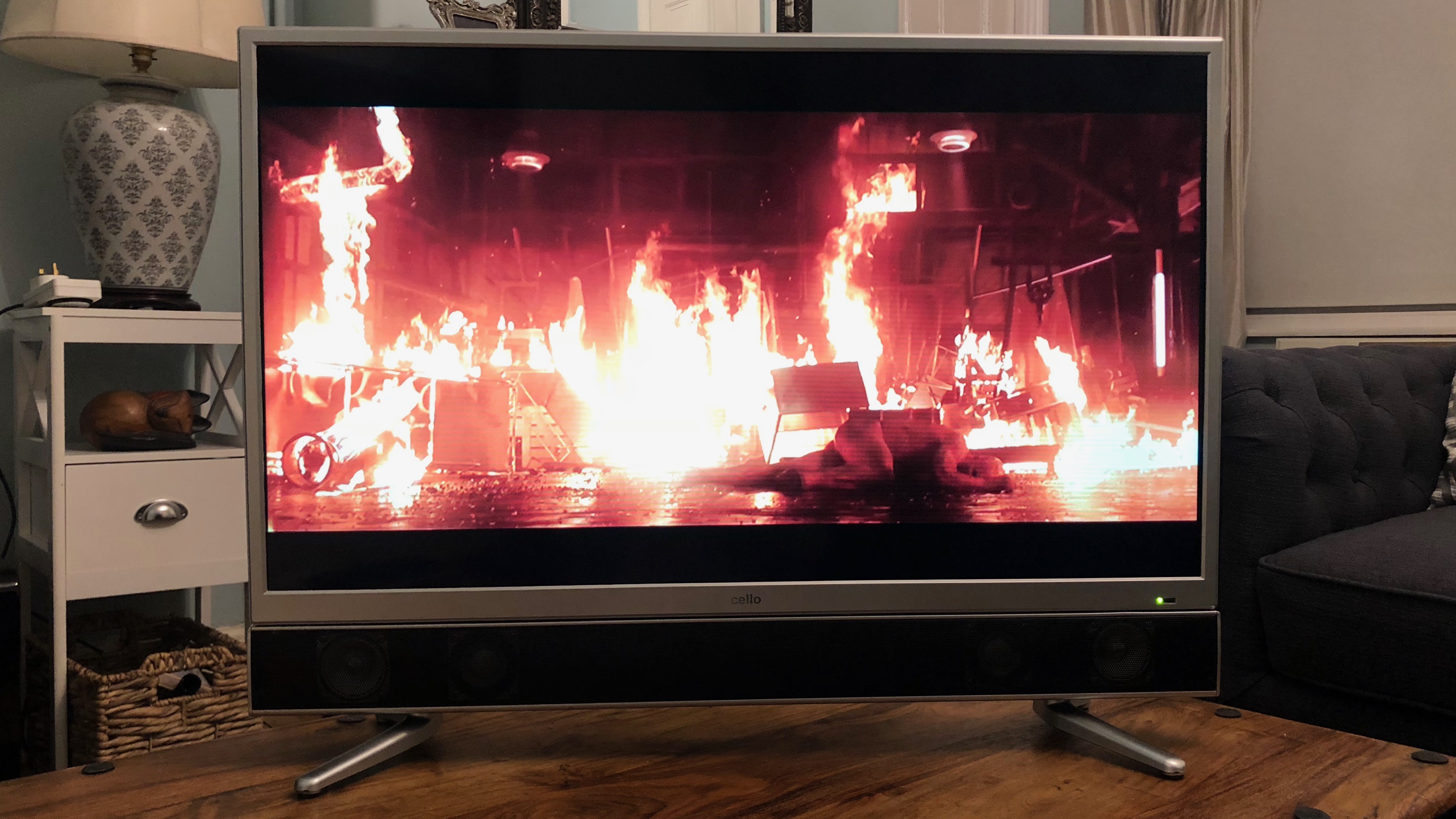
Performance
The P32ANSMT’s picture settings are limited compared with most, but some small tweaks can go a long way.
Out of the box, a short walkthrough will prompt you to set up a few things, such as selecting whether it’s a home or shop setup, and tuning in your Freeview channels. However, to improve on the picture you see, you’ll have to head to the settings menu to start tweaking.
There’s very little picture processing to worry about (a lot of it is best turned off in budget sets anyway), so our focus is on getting the picture as natural as possible.
To start with, we select the User picture mode, and try a warm colour tone, which is usually the best for accuracy.
It’s arguably the best overall balance of colour, and most natural with skin tones, but whites are decidedly creamy, which has an effect on contrast performance.
Choosing the normal colour tone instead helps to brighten them, but elsewhere it is probably a touch too cool to be accurate. These are the types of compromises you’ll have to make with this set though, and it’ll come down to personal preference which way you go.
The P32ANSMT is an HD-ready TV, which means its capable of a 720p HD resolution (1366 x 768). As much as that seems like ancient technology in 2018, for the most part, it works fine on a screen this size.
You will see a drop in detail compared with a full HD set, but stick to HD channels and outlines are sharp enough, clarity is good, and detail levels passable.
That is, until you try a standard def channel, which looks overly smoothed and unnatural. You’ll do the best by this TV if you steer clear of those as much as possible and feed it the best content you can.
That said, throwing the P32ANSMT anything much more cinematic than TV content comes with some limitations too.
Black detail in particular struggles to make itself known in darker scenes, because the Cello opts for going as dark as it can over detail retention. This helps to stop the set from looking wishy washy, but loses picture detail in the process.
Whites aren’t always the brightest either, particularly in darker scenes where the backlighting tech struggles to know which to put first. A bit more brightness behind the panel wouldn’t go amiss to help a scene’s highlights and lighter elements to have more impact.
Performance TL;DR: Surprisingly watchable for the most part, but there are limitations, particularly regarding black detail and contrast capabilities.
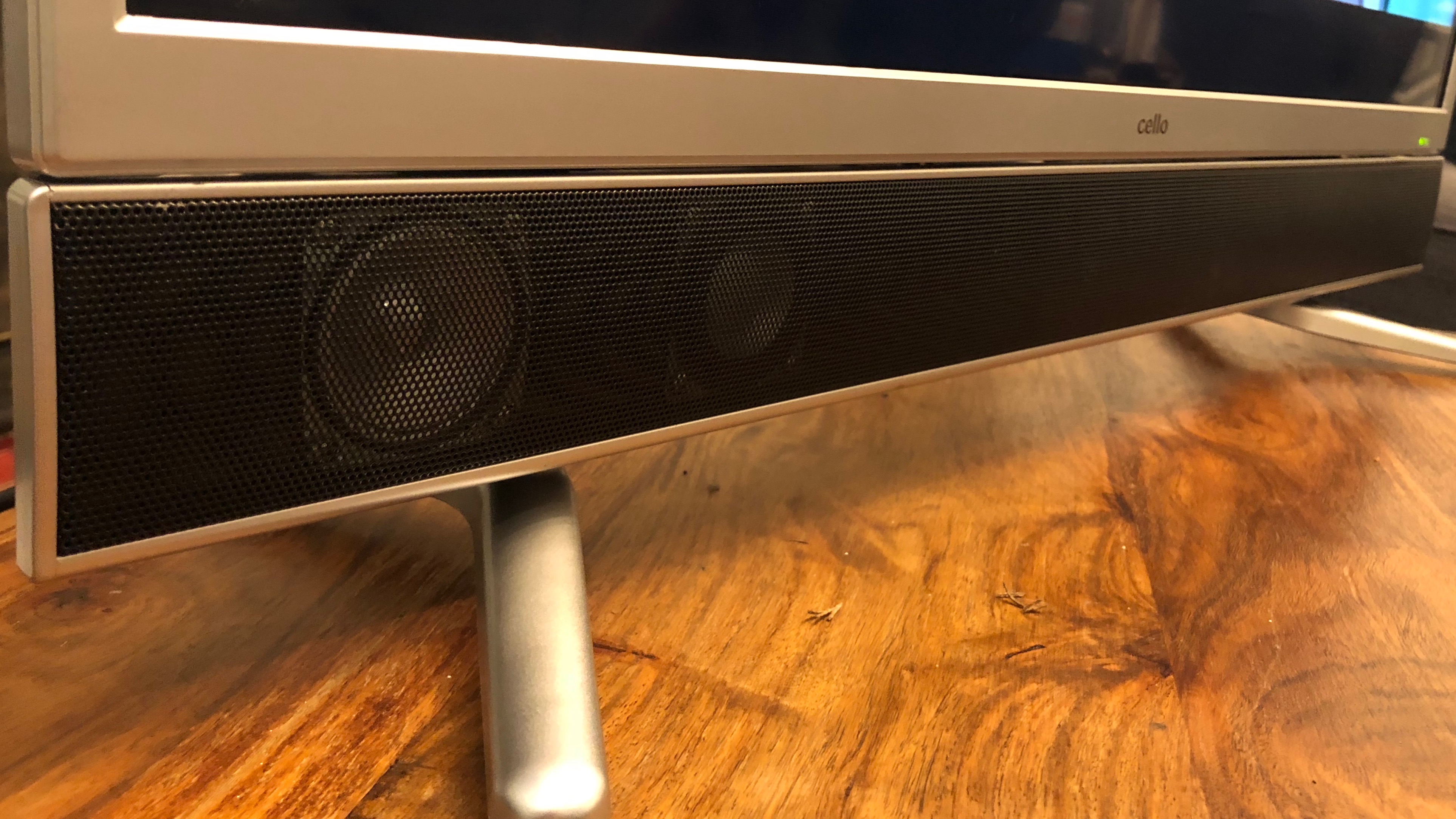
Sound
With its built in soundbar, you might hope that the P32ANSMT has been able to dodge the thin sound of most flat panel, budget TVs. Unfortunately, that isn’t really the case.
While the four drivers help to project sound better into the room, and will allow the set to go louder for those hard of hearing (we rarely had it over 15/100), there’s a thinness that remains through the midrange, which can sound harsh when you start to push the volume.
In fact, the soundbar seems to do very little in terms of adding any sort of weight to the sound, which is really one of the things you want from it, particularly when watching movies.
Switching the sound mode from standard to movie does help to add a touch of body to proceedings, but you’ll still find it comes up short with any big action scene.
Sound TL;DR: Don’t expect miracles from the soundbar, it’ll boost dialogue but still struggles with sounding thin through the midrange.

Other panels to ponder
We haven’t seen any other 32in sets so far this year, and the majority of our favourites from last year are no longer available, as they make way for new sets.
We have picked out some of the most promising-looking competition though (https://www.techradar.com/news/television/tv/10-best-32-inch-tvs-in-the-world-today-655660), which includes Sony’s KDL32WE613, a 720p set with HDR smarts for £280, and LG’s full-HD 32LJ610V, which comes complete with LG’s superior smart TV system for £250.
As we see more sets over the coming months, we’ll be sure to revisit this to let you know how it fares against the competition.
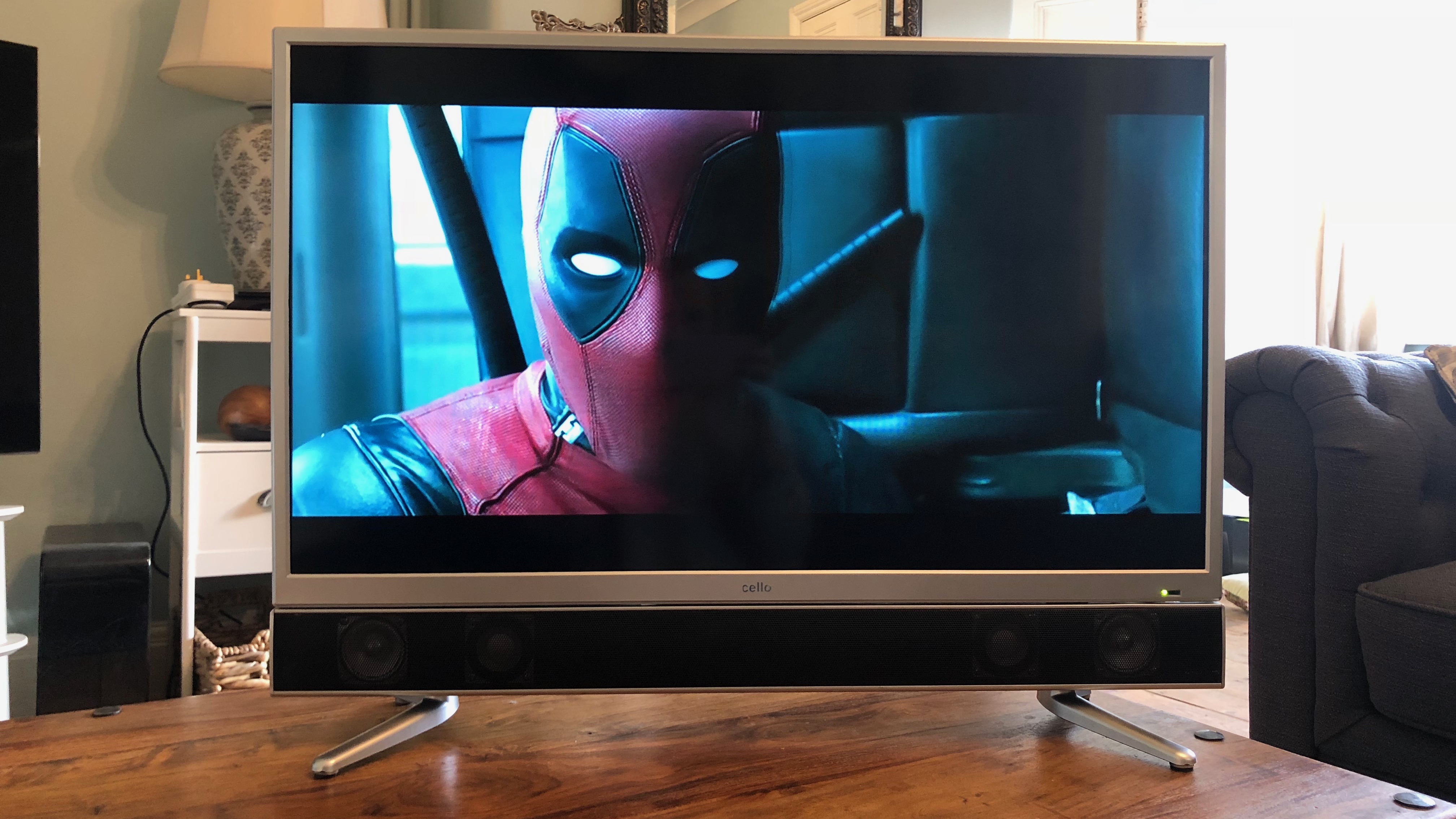
Verdict
Sometimes at this end of the market, less is more, and much of Cello's problem here is over-promising on its features and under-delivering on their performance.
Because picture quality isn’t really the issue here. There are limitations to its capabilities, of course, but much of that is down to its price point than anything else and overall, the picture is actually very watchable.
However, if you were thinking of buying this for its smart TV system or built-in soundbar, we’d probably suggest you reconsider – they’re not the standout features that Cello wants them to be.
Instead, buy this for what it is – a decent second-screen TV for £250. Manage your expectations accordingly and you’ll probably find yourself pleasantly surprised indeed.
Verity is a freelance technology journalist, with previous on-staff roles at What Hi-Fi?, Stuff, Pocket-lint and MSN.
Having chalked up more than 15 years in the industry, she has covered the highs and lows across the breadth of consumer tech, sometimes travelling to the other side of the world to do so. With a specialism in audio and TV, however, it means she's managed to spend a lot of time watching films and listening to music in the name of "work".
You'll occasionally catch her on BBC Radio commenting on the latest tech news stories, and always find her in the living room, tweaking terrible TV settings at parties.
